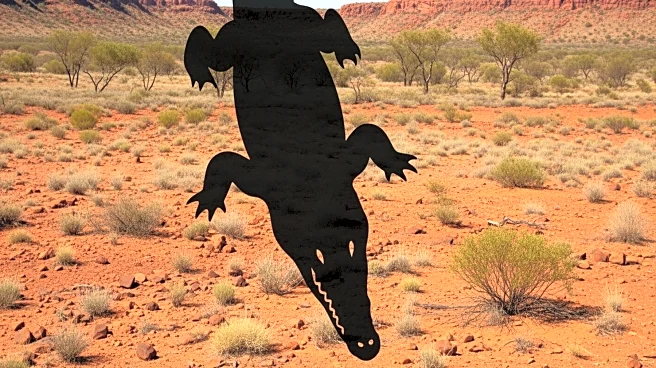What's Happening?
Scientists have successfully extracted RNA from a woolly mammoth known as Yuka, which died approximately 39,000 years ago in Siberia. This discovery, published in the journal Cell, marks the oldest RNA ever profiled, challenging previous assumptions about
RNA's stability over time. The research provides a snapshot of gene activity at the time of Yuka's death, revealing signs of physiological stress and muscle metabolism. The study highlights the potential for RNA analysis to redefine our understanding of ancient life, offering new insights into the genetic and environmental conditions of prehistoric creatures.
Why It's Important?
The ability to analyze ancient RNA opens new avenues for understanding the biology and evolution of extinct species. This research could enhance efforts to de-extinct the woolly mammoth and improve our knowledge of ancient viruses, potentially informing modern virology. The findings also contribute to the broader field of paleogenetics, offering a more comprehensive picture of the history of life on Earth. By understanding gene activity in ancient organisms, scientists can gain insights into their adaptations and interactions with their environment.
What's Next?
Further research is needed to refine RNA analysis techniques and explore their applications in studying other extinct species. Scientists may investigate RNA from additional mammoth specimens and other ancient organisms to uncover more about their biology and evolution. This research could lead to breakthroughs in de-extinction efforts and provide valuable information on the genetic makeup of prehistoric life, potentially influencing conservation strategies for modern species.













